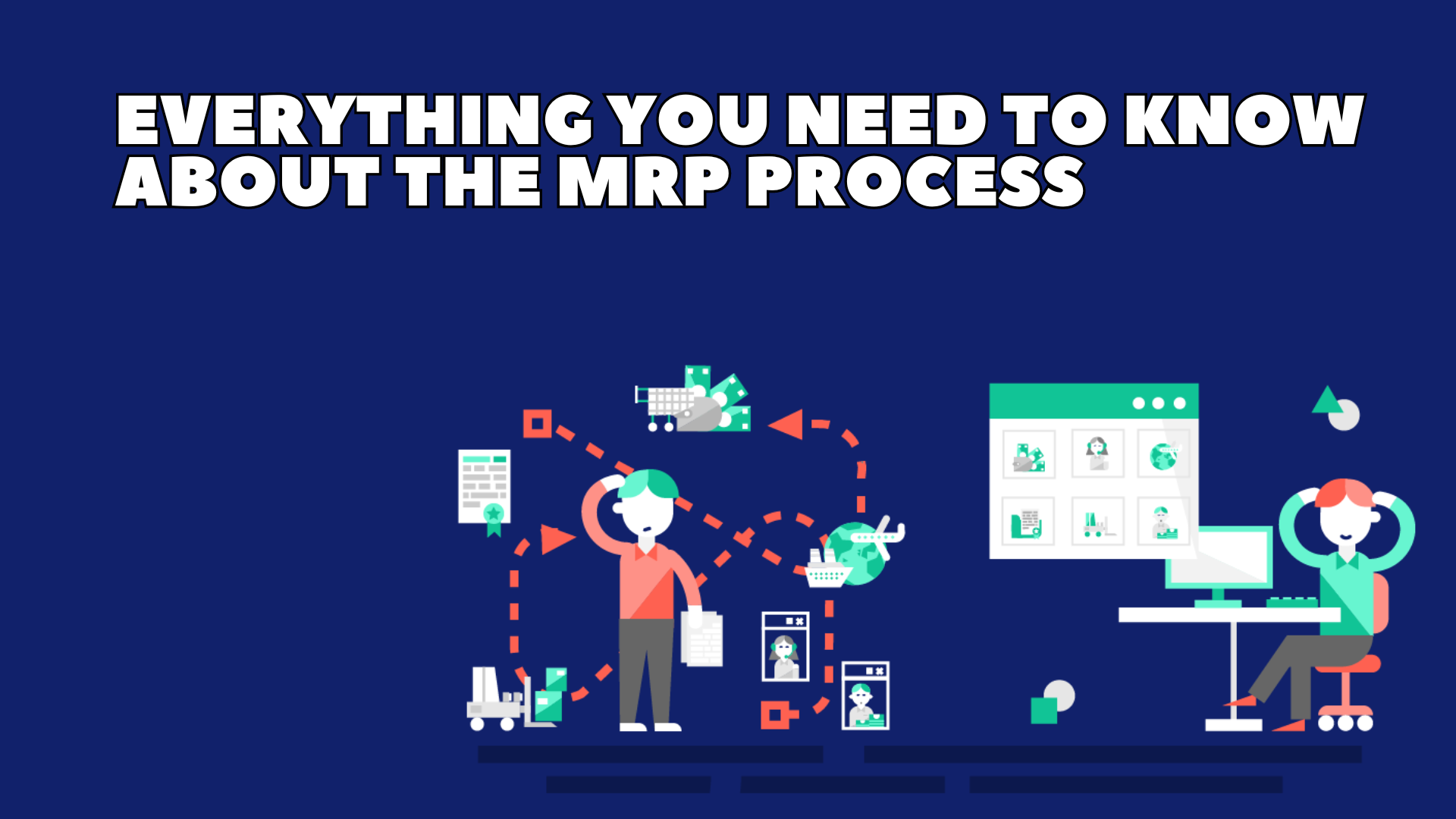Material Requirements Planning (MRP) is a powerful system designed to help manufacturers manage production processes, inventory levels, and scheduling. Whether you’re new to the concept or looking to deepen your understanding, this comprehensive guide will provide you with everything you need to know about the MRP process.
What is MRP?
Material Requirements Planning (MRP) is a systematic approach to calculating the materials and components needed to manufacture a product. It ensures that the right materials are available at the right time, optimizing production efficiency and minimizing inventory costs. MRP helps manufacturers plan production runs, schedule raw material deliveries, and manage inventory effectively.
Key Objectives of MRP
- Ensure Material Availability: Guarantee that materials and components are available for production and product delivery.
- Minimize Inventory Levels: Reduce excess inventory to lower carrying costs while avoiding stockouts.
- Optimize Production Schedules: Plan and schedule production activities to meet customer demands efficiently.
Core Components of the MRP Process
- Bill of Materials (BOM)
- Definition: A detailed list of raw materials, components, and assemblies required to manufacture a product.
- Function: The BOM serves as the foundation of the MRP system, outlining the materials and quantities needed at each stage of production.
- Master Production Schedule (MPS)
- Definition: A plan for the production of finished goods, specifying what needs to be produced, in what quantities, and by when.
- Function: The MPS drives the MRP process, providing the schedule that MRP uses to determine material requirements.
- Inventory Records
- Definition: Detailed data on the status of materials, components, and finished products in stock.
- Function: Inventory records help MRP systems keep track of current inventory levels, on-hand quantities, and scheduled receipts.
The MRP Process Explained
- Demand Forecasting
- Input: Customer orders, historical data, and market trends.
- Output: A forecast of future demand for finished goods.
- Purpose: To predict future product requirements accurately, guiding production planning.
- Netting
- Input: BOM, MPS, and inventory records.
- Output: Net material requirements.
- Purpose: To determine the net quantity of each material needed by subtracting current inventory and scheduled receipts from the gross requirements.
- Lot Sizing
- Input: Net material requirements.
- Output: Planned order quantities.
- Purpose: To decide the optimal order size for materials, balancing ordering costs with holding costs.
- Lead Time Calculation
- Input: Supplier lead times and production lead times.
- Output: Planned order release dates.
- Purpose: To ensure materials arrive just in time for production, accounting for the time it takes to procure or produce items.
- Scheduling
- Input: Planned order release dates and production capacity.
- Output: Production schedules and work orders.
- Purpose: To create a detailed schedule that aligns production activities with material availability and capacity constraints.
Benefits of MRP
- Improved Inventory Management
- Reduced Stockouts: Ensures materials are available when needed, preventing production delays.
- Lower Inventory Levels: Minimizes excess inventory, reducing carrying costs.
- Enhanced Production Efficiency
- Optimal Scheduling: Streamlines production schedules, improving workflow and resource utilization.
- Reduced Lead Times: Speeds up production cycles by ensuring timely material availability.
- Better Customer Service
- On-Time Deliveries: Enhances the ability to meet delivery deadlines, improving customer satisfaction.
- Flexibility: Allows manufacturers to respond quickly to changes in demand or production requirements.
Challenges of MRP
- Data Accuracy
- Issue: Inaccurate data inputs can lead to flawed MRP outputs.
- Solution: Regularly update and verify BOM, inventory records, and lead times to ensure data accuracy.
- Complexity
- Issue: MRP systems can be complex to implement and manage.
- Solution: Invest in training and user-friendly MRP software to ease the implementation process.
- Dependency on Forecasting
- Issue: Inaccurate demand forecasts can disrupt the entire MRP process.
- Solution: Use advanced forecasting techniques and adjust plans based on real-time data.
Conclusion
Material Requirements Planning (MRP) is a vital process for manufacturers seeking to optimize production efficiency and manage inventory effectively. By understanding and implementing MRP, businesses can ensure material availability, minimize inventory costs, and enhance overall production performance. While there are challenges to overcome, the benefits of a well-executed MRP system make it an invaluable tool in the modern manufacturing landscape.
Embrace MRP to streamline your production process, improve customer satisfaction, and stay competitive in an ever-evolving market. The future of manufacturing lies in efficient, data-driven planning, and MRP is at the heart of this transformation.









